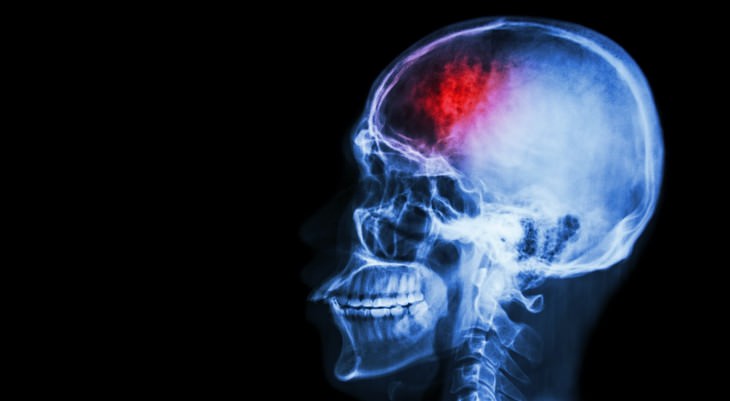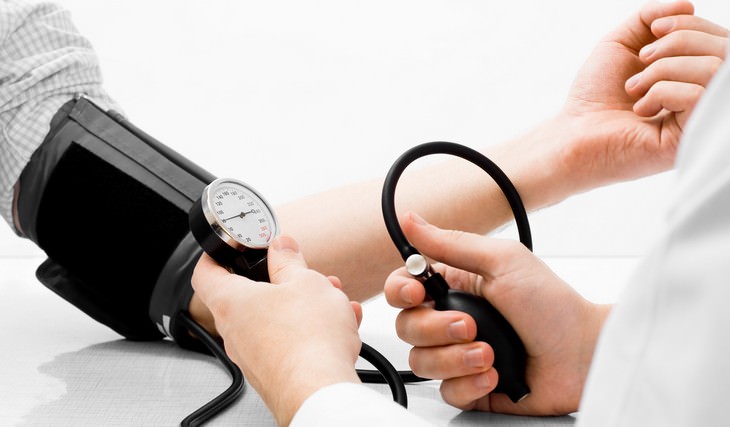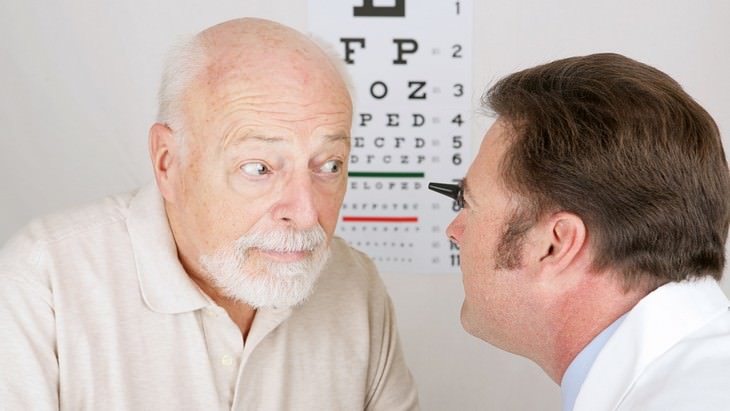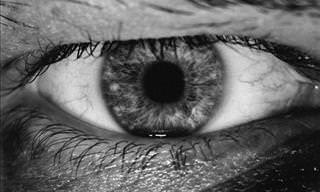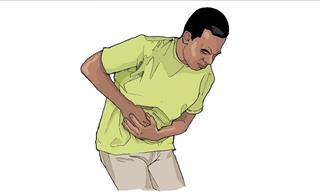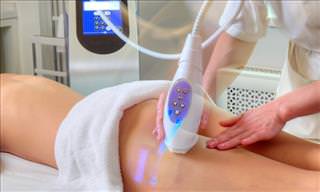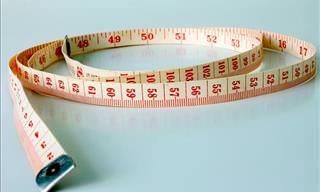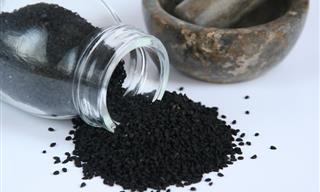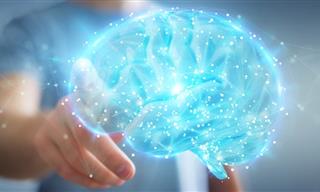One of the leading causes of death throughout the world, cardiovascular disease is, in fact, the US’s number one killer. Coronary artery disease is the most commonly occurring form of the condition – this is a narrowing or blockage of the heart’s main blood supplying arteries. Such obstructions and blockages can occur suddenly (an acute rupture) or gradually develop over time, causing heart attacks that may be fatal.
For more detailed information about cardiovascular disease click here.
2. Cerebrovascular Disease (Strokes)
When a blood vessel in the brain is disrupted and blood cannot flow to one part of the brain, a stroke occurs. Because brain cells deprived of oxygen from blood quickly die, strokes are extremely serious.There are two different types of stroke: ischemic – when a blood vessel is blocked by a blood clot; and hemorrhagic – when a bleed in the brain is caused by a ruptured blood vessel.
A stroke can lead to serious disability or even death, according to the blockage/rupture’s area and severity. For information about how to identify a stroke, watch this short video.
While the heart is pumping, the force the blood exerts on your artery walls can be measured, this is known as your blood pressure. When you sleep or rest, your blood pressure count is low. When you are excited or under stress, your count is high. Furthermore, your blood pressure count usually rises with age. If someone’s blood pressure is chronically elevated, they can face serious health problems in their blood vessels, kidneys, heart, and elsewhere.
Read our comprehensive guide about how to prevent hypertension here.
Cancer – when abnormal cells grow at an uncontrollable rate – is said to be more likely to occur at a later stage in life. The American Cancer Society has found that 77% of cancers are diagnosed in patients aged above 55. In Canada, cancer is the number one cause of death for both males and females.
The most common cancer types for seniors include the following: stomach cancer, non-Hodgkin’s lymphoma, bladder, prostate, colorectal, lung, skin, and breast cancer.
Click here to learn 12 facts about cancer.
Diabetes is the name for the disruption in the way your body makes use of the glucose and sugars digested from food. Type-1 diabetes, which usually first occurs in people aged below 30, is when no insulin is produced. Type-2 diabetes, which is much more common, is when some insulin is produced but the body is resistant to it – meaning the body can’t properly process glucose.
Diabetes causes sugar levels to rise dangerously high, which can lead to health problems, including heart attacks, strokes, kidney failure, blindness, and nerve damage.
Type-2 diabetes is becoming more and more common, as modern changes alter the way we eat and lead our lives. This can be arrested though by leading a healthier lifestyle with plenty of regular exercise, and a good well-balanced diet. Click here for more information about diabetes.
6. Parkinson's Disease
Parkinson’s is a progressive neurological disorder characterized by halting movement, stiffness, and visible tremors. Unsurprisingly, around 75% of all Parkinson’s cases begin after the patient has reached 60 years of age. Yet age is still considered just one of the risk factors. Other reasons why people might be more likely to contract the condition include, whether they’ve been exposed to chemical toxins, suffered head injuries, or have a family history of the disease. Men are also more likely than women to suffer from Parkinson’s disease.
Here's our guide to the early warning signs of Parkinson's disease.
7. Dementia (including Alzheimer's Disease)
Dementia is characterized by a loss of brain function, which may manifest as memory loss, mood changes, poor judgement, confusion, and difficulty communicating. The most common cause of such dementia is Alzheimer’s disease, though other causes include, Huntington's disease, Parkinson’s disease, and vascular dementia. Even though dementia is more likely to occur during old age, it is in no way seen as part of the natural aging process.
8. Chronic Obstructive Pulmonary Disease (COPD)
Though chronic obstructive pulmonary disease (COPD) is incurable, it is treatable and preventable. The condition occurs when inflammation in the airways, a thickening of the lungs’ lining, and an overproduction of mucus in the air tubes, leads to a significant reduction of airflow into and out of the lungs. Common symptoms of COPD include shortness of breath, wheezing, and a chronic cough.
The disease is usually caused by prolonged exposure to airborne irritants such as tobacco smoke (first and second hand), work-related contaminants, or industrial pollution. The single biggest risk factor in contracting the disease is cigarette smoking.
9. Osteoarthritis
Osteoarthritis – a degenerative joint disease – is the most common type of arthritis. Though the condition occurs more frequently in old age, women are much more likely to suffer than men. Those who’ve suffered a prior injury or are obese are also more susceptible to osteoarthritis.
The swelling and joint pains that characterize osteoarthritis can be treated with pain relief and anti-inflammatories, while lifestyle changes such as weight loss, physiotherapy, and exercise (see our yoga guide here) can also make a difference. However, osteoarthritis is still incurable.
10. Osteoporosis
Popularly referred to as brittle bone disease, osteoporosis is characterized by a loss in bone mass, resulting in weaker and thinner bones. The condition becomes more likely because of age, particularly for white and Asian females. Those with osteopenia – low bone density – are also at risk.
The U.S. National Institutes of Health claim that up to half of all women aged over 50 and nearly a quarter of men of the same age break a bone due to osteoporosis. Hip fractures are of most concern to elderly adults, because they lead to a loss of mobility and independence. Around 25% of hip fractures lead to death within 12 months.
To help prevent osteoporosis, try to maintain a diet rich in vitamin D and calcium. Also, refrain from smoking and second hand smoke. We've collected some of the best tips on the subject here.
11. Cataracts
A cataract is a gradual cloudiness in your eye’s lens, which may result from several causes, including smoking, diabetes, and exposure to ultraviolet light. The U.S. National Institutes of Health assert that more than half of all over 65s have a cataract of some kind. Though in its initial phase a cataract may not be noticeable, over time vision can become blurry and will worsen. Nowadays, surgery to remove and replace the lens can be performed as an outpatient procedure, taking around one hour only.
For information about how to go about preventing cataracts, we recommend you read this.
12. Age-Related Macular Degeneration (AMD)
Age-related macular degeneration typically occurs in adults over the age of 50, and is thought to be the most common cause of blindness in the elderly. While peripheral vision is preserved, the deterioration of the eye’s macular stops the patient from seeing well in the center of their field of vision. Aside for age, other risk factors are smoking, family history, and race (white people are more likely to suffer than black, for example). Though no firm conclusions have yet been reached, researchers are confident that regular exercise and eating a diet rich in fish and colorful vegetables, as well as abstaining from cigarettes and keeping blood pressure and cholesterol levels down, can help prevent AMD. For more information click here.
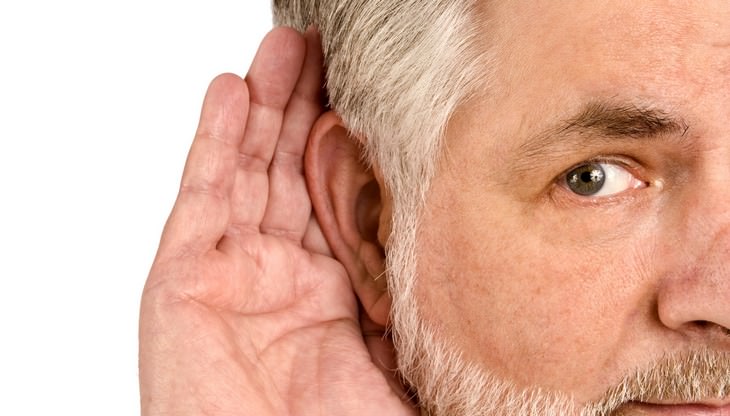
As you age, you can expect a noticeable degeneration in your hearing ability, with the deterioration of the miniscule hairs inside your ear which aid in processing sounds. Because of these changes, you may find that you can’t follow conversations in noisy areas, are unable to distinguish between some consonants, find some sounds louder than normal, and hear muffled voices. Factors that lead to hearing loss, aside from age, include prolonged exposure to loud sounds, smoking, and family history. An estimated half of all over 70s experience a degree of age-related hearing loss.
For the best advice on how to prevent and repair hearing loss, click here.
Thinking About Age-Related Diseases
Aging is of course not a disease, but it is a risk factor for many different conditions. There is no guarantee that you will suffer from an age-related disease, but the chances of doing so increase with age. The rate of decline in adults over time can be accelerated because of many differing factors, including inflammation, exposure to pollutants and radiation, smoking, a poor diet, low fitness levels, and simple wear and tear.
H/T: verywell.com
Images courtesy of Depositphotos
 Go to BabaMail
Go to BabaMail



